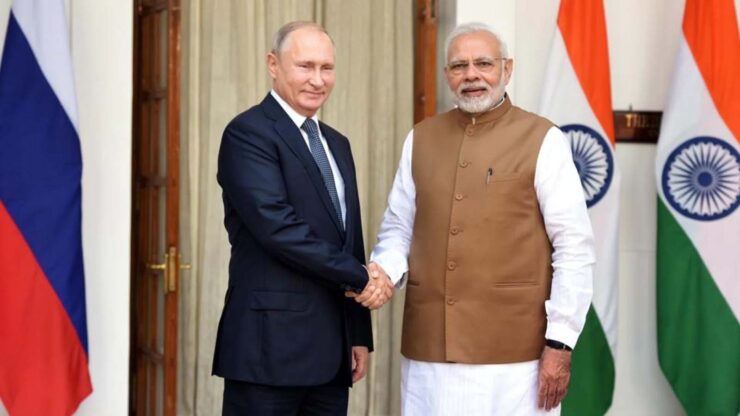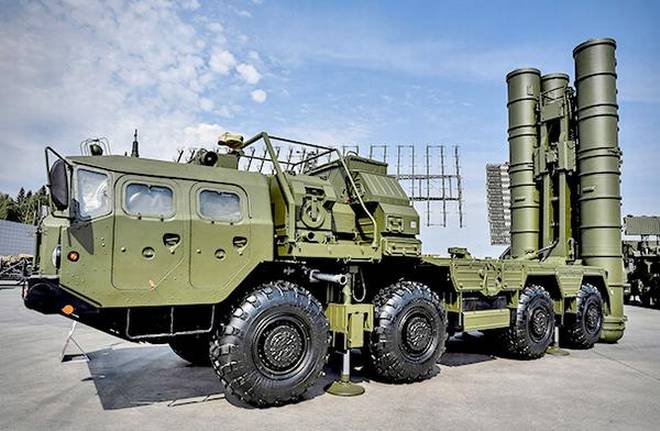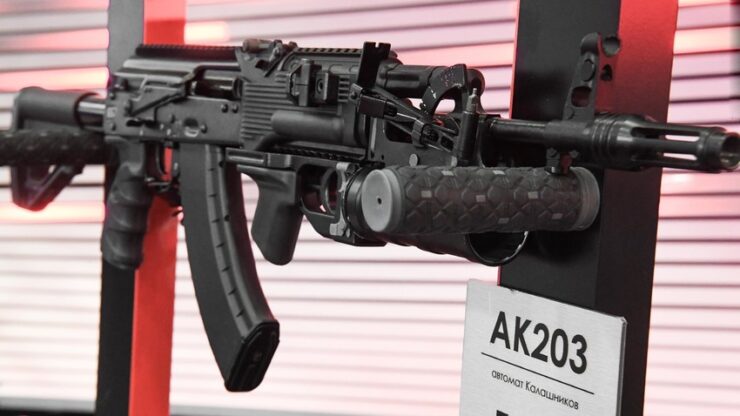
On December 6, India and Russia held an annual summit in New Delhi. Russian President Vladimir Putin gave a strong message through this short but significant visit that India is a priority. The visit was his second bilateral trip after the outbreak of the Corona pandemic. His previous visit was to Geneva where he met with US President Joe Biden. The visit is also significant as Russia is suffering from the Corona pandemic and currently also facing trouble in Ukraine. Not only this, Indo-Russian ties go back 50 years when India and Russia signed the Indo–Soviet Treaty of Peace, Friendship and Cooperation, which played a pivotal role in the 1971 India-Pakistan war. During the latest Putin visit, both sides signed 28 agreements in different fields including defence, power, space, culture, finance, education, health, and scientific research.
The general impression is that Russia has become close to China with which India has burning border issues, hence Russia-China friendship would be against the interests of India. But Russia had to inculcate close relations with China as the West hard-pressed Moscow. Russia has strategic partnership with Vietnam and India and both have border disputes with China. Moscow had not stopped supplying arms and ammunition to India even during the series of standoffs with China, including the Galwan crisis. At present China is competing with the US hence needs Russia’s friendship but Putin is aware that Russia would become a junior partner with China as Beijing, which has become the second biggest economy of the world, is increasing its power rapidly. Russia, which is the biggest country in the world with enormous natural reserves and ahead of China in military strength, would not accept a secondary role.
Similarly, Russia also has reservations about India’s growing alliance with the US and its role in the four-nation Quad grouping. However, India has made it clear that the Quad is essential to counter China’s expansionist designs. India has border disputes with China and the two countries have fought a war in the past and are currently engaged in a tense standoff in Eastern Ladakh. India is an important member of Quad, which is basically constituted to curb the expansionist designs of China. China also aims to set up a military presence in the Central African country of Equatorial Guinea.
Russia’s share in supply of arms to India has declined from 72% in 2015-2019 to 56% now, though Moscow continues to be India’s biggest arms supplier. At the same time, New Delhi is diversifying its weapons and technology purchases from the US, Europe, and Israel.
Indo-Russian friendship is also important for the stability of Afghanistan, especially because of the enhanced threat from terrorist outfits. Russia having a sizeable Muslim population does not want the Islamic State to dominate Afghanistan as it would then clandestinely assist radical Muslims in Russia. India, which spent more than $3 billion on the development of Afghanistan, also wants peace in that country. Russia supported India in the UNSC so that the Taliban do not get the 90-day travel waiver. Both sides stressed that remedial measures should be taken so that the terrorist outfits including Al Qaeda, LeT, and Islamic State cannot use Afghan territory for recruiting, training, and financing of terrorists.

Moscow also wants India to play an important role in Far East Russia where China is playing a vital role. Far East Russia offers vast opportunities to India and Russia is more comfortable dealing with India than neighbouring China. The Joint Communique mentioned that: “The Sides welcomed the interest of Indian companies in cooperating in the Russian Far East. Energy, transport and logistics, maritime connectivity, diamond processing, forestry, pharmaceuticals & healthcare, tourism and humanitarian fields have been identified as areas of further cooperation in the Russian Far-East”.
Both sides also agreed to enhance energy cooperation and the joint communique mentioned: “The Leaders reaffirmed that bilateral energy cooperation is a key pillar of the bilateral ties and an energy bridge between the two countries. Both Sides reiterated their joint efforts under the Roadmap for Cooperation in Hydrocarbons for 2019-24 to further deepen bilateral cooperation in the energy sector and welcomed the opening of Bharat Energy Center in Moscow, representing five Indian oil and gas public sector companies to enhance engagement with Russian stakeholders in the energy sector.”
The sale of the Russian S400 missile defence system is important for India’s defence and Russia also transfers advanced weapons technology to India under the strategic partnership agreement.
The meeting between Modi and Putin comes on the back of the first India-Russia 2+2 meeting between Defence and Foreign Ministers of both the countries. During the current visit Russia and India signed four defence agreements, including the production of 6,01,427 AK-203 assault rifles under an Indo-Russia Rifles Private Limited (IRPL) joint venture in Uttar Pradesh. The Rs 5,000 crore project would equip the Indian armed forces with a modern weapon. Manufacturing of the AK-203 would also give a boost to the ‘Make in India’ programme. Russia is also assisting India in producing naval armaments.
The 10-year Indo-Russian agreement on military cooperation was extended for next 10 years with the same terms and conditions. India would continue buying Russian arms although it would not be liked by the US and it may impose sanctions. India has purchased the S-400 advanced missile defence system as a part of the $5 billion arms agreement. Although the US has put sanctions on Turkey for the purchase of the S-400 missiles, it has ignored India’s deal because of increasing Chinese pressure.

Defence Minister Rajnath Singh also raised the issue of unprovoked aggression and expansion of armament at India’s northern border while the Russians briefed India on the Ukrainian situation. The Joint statement issued after the visit of Putin mentioned that: “The Sides noted that the bilateral trade does not reflect the potential of strength and depth of India-Russia strategic partnership. The leaders stressed on the need for greater efforts to achieve the trade target of USD 30 billion by 2025. In this regard, they placed strong emphasis on new drivers of growth for long-term cooperation.”
At present Moscow also needs Delhi. Few analysts claim that Russia is a waning power while India is a rising country. Russia is 11th biggest economy in the world while India has become the 5th largest economy. India’s diplomacy is working nicely and it has strategic relations with the US as well as with Russia. Nevertheless, the US is untrustworthy, it left Afghanistan without a solution and at present the country is passing through a critical phase. The Putin visit is consequential and has far-reaching effects. In a nutshell, India has several friends in the international arena but trusted friends are limited and Russia is at the top.
The author is a Delhi-based strategic analyst and member of the United Services Institute of India and Institute for Defence Studies and Analyses. The views expressed in the article are solely of the author and do not necessarily reflect the views of Raksha Anirveda








